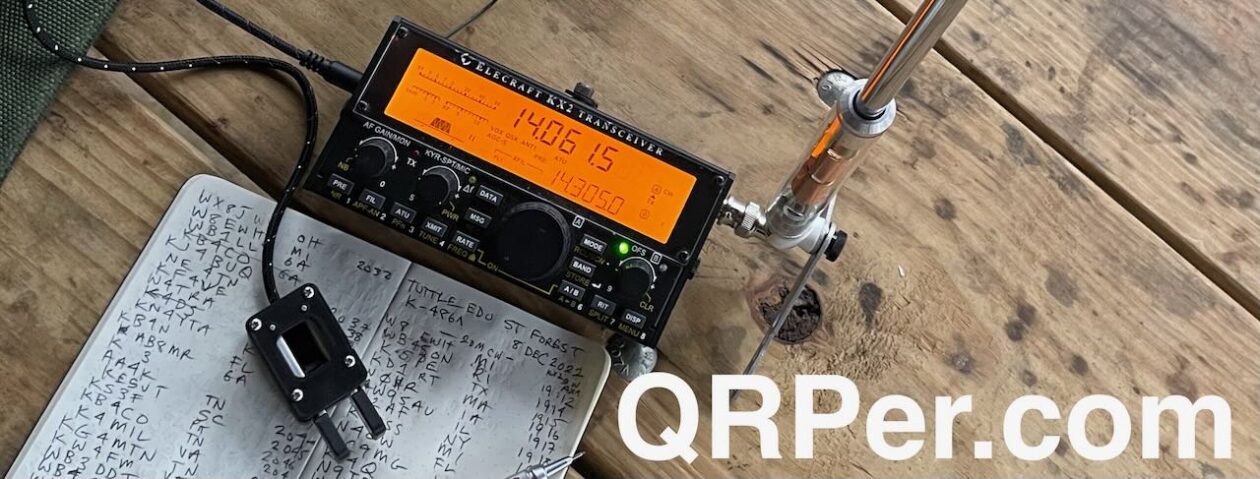 I’m a bit obsessed with field radio kits (understatement alert).
I’m a bit obsessed with field radio kits (understatement alert).
If you don’t believe me, check out this episode of the Ham Radio Workbench podcast where they graciously allowed me to geek out about radio packs for a good two hours.
I should also note that I write, in detail, about my packing philosophy in this Anatomy of a Field Radio kit series.
There’s no cure for my pack obsession. I’m constantly in a state of assembling and testing the most efficient kits I can conjure up.
Since I rotate a fair amount of radios in my activations, the majority of my kits are modular; meaning, components like antennas, ATU’s, batteries, log/pen, and cables are packed in their own small pouches/pack. Before embarking on an activation, I simply assemble the components in a backpack along with the radio/s I might use that day. Over the years, I’ve developed a certain workflow with this process that ensures I don’t forget components or pack the wrong ones.
But by far, my favorite type of kit are those that are fully self-contained–proper grab-and-go kits that have everything I need inside to, for example, activate a summit.
Self-Contained Kits
Fully self-contained kits are reserved for the radios I use in the field most because, frankly, they’re stingy resource hogs: they don’t share components with my other radios or kits. Continue reading My new MTR-3B Ultra-Compact Field Kit built in a Tom Bihn HLT2

















